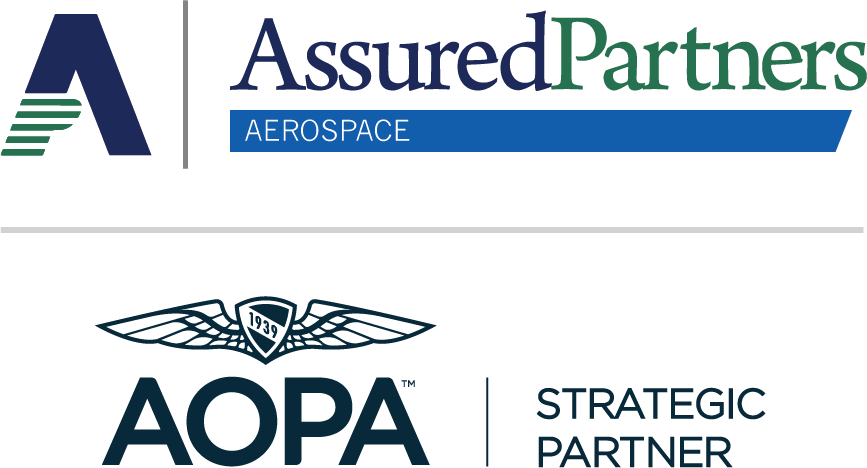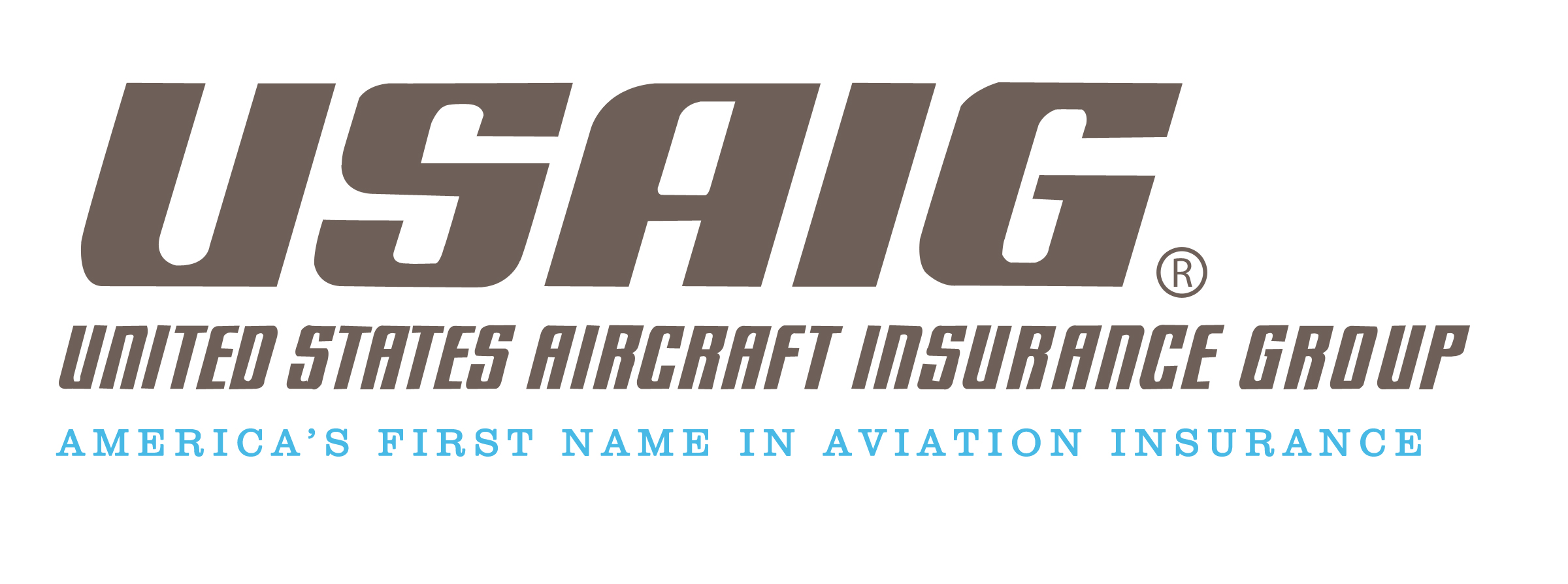TRAINING & SAFETY
- AOPA Flight Training Advantage
- Flight Training Magazine
- Technique
- Knowledge
- Advanced Training
- Career
- Students
- Fun
-
Air Safety Institute
- About ASI
- Air Safety Institute Webinars
- Airworthiness Records
- Videos
- Avoiding Common Aircraft Damage Causes
- Companion Copilot
- Implementing Learn to Turn with Rich Stowell
- Safety Notices
- Scalable Safety Framework
- ASI Speaking Engagement Request Form
- View Your ASI Transcript
- Accident Analysis
- Safety Publications
- Safety Centers
- Online Learning
- Online CFI Renewal (FIRC)
- Flight Training Survey
- Active Pilots
Avoiding Prop Strikes
Propeller strikes can happen for various reasons. One classic cause—propellers striking the runway after a bounced landing as the pilot tries to continue to land by forcing the nose down. The bad news? Prop strikes are expensive since in most cases they require a complete engine teardown. The good news? Propeller strikes are avoidable if you’re on target speed, use the proper technique during flare and touchdown, and if you’re vigilant during ground operations.
In Avoiding Prop Strikes, our ASI team examines why prop strikes happen. They also provide practical tips that will save your propellers, engine, and firewall by ensuring your props are always striking the air—not the runway, objects, or persons.
| Tablet: Compatible | |
| Length: 4 mins | |
| Topic: Takeoffs and Landings, Flight Planning and Preflight | |
| FAA WINGS: No | |
| Accident Forgiveness: Eligible* |
Apply credit to your ASI transcript for watching this video:
Get Transcript Credit
*Earn eligibility for AOPA Accident Forgiveness after earning a certificate of completion for watching all five videos:
- Avoiding LOC-G
- Avoiding Hard Landings
- Avoiding Prop Strikes – This video
- Avoiding Gear-Up Landings and Collapses
- Completely Avoidable Insurance Claims

AssuredPartners Aerospace
